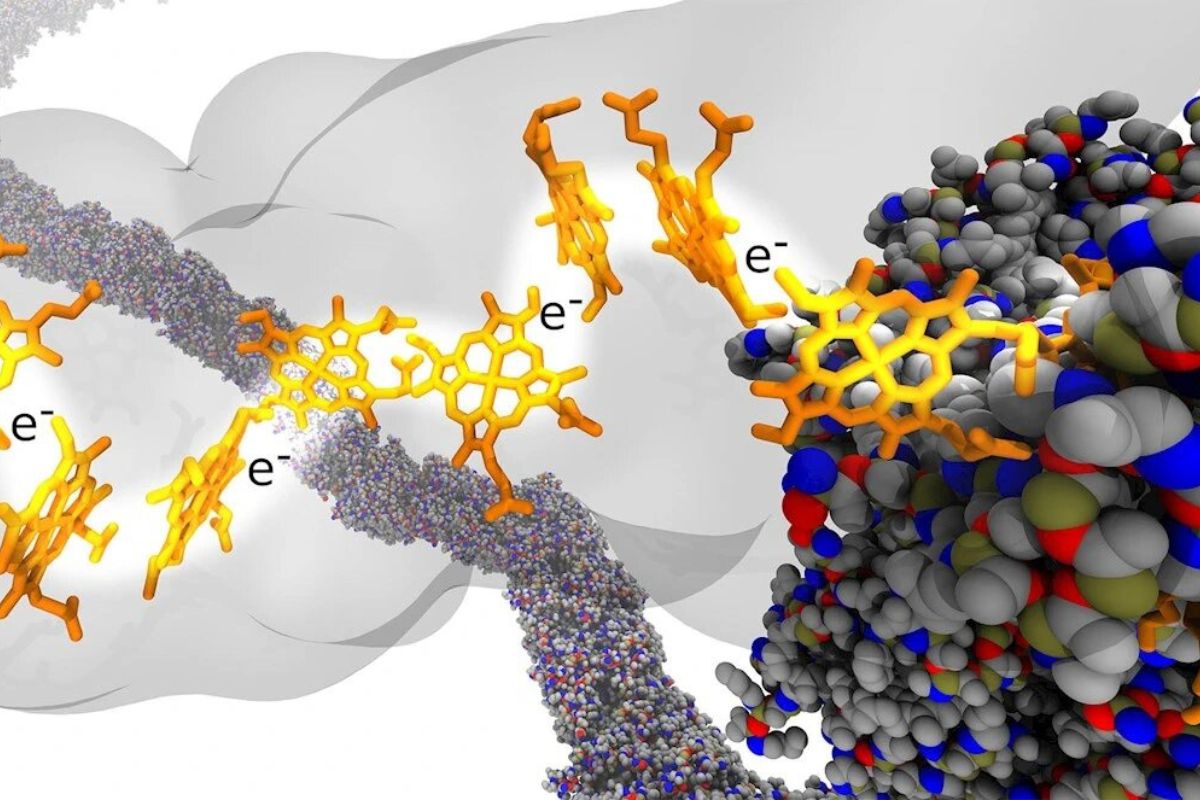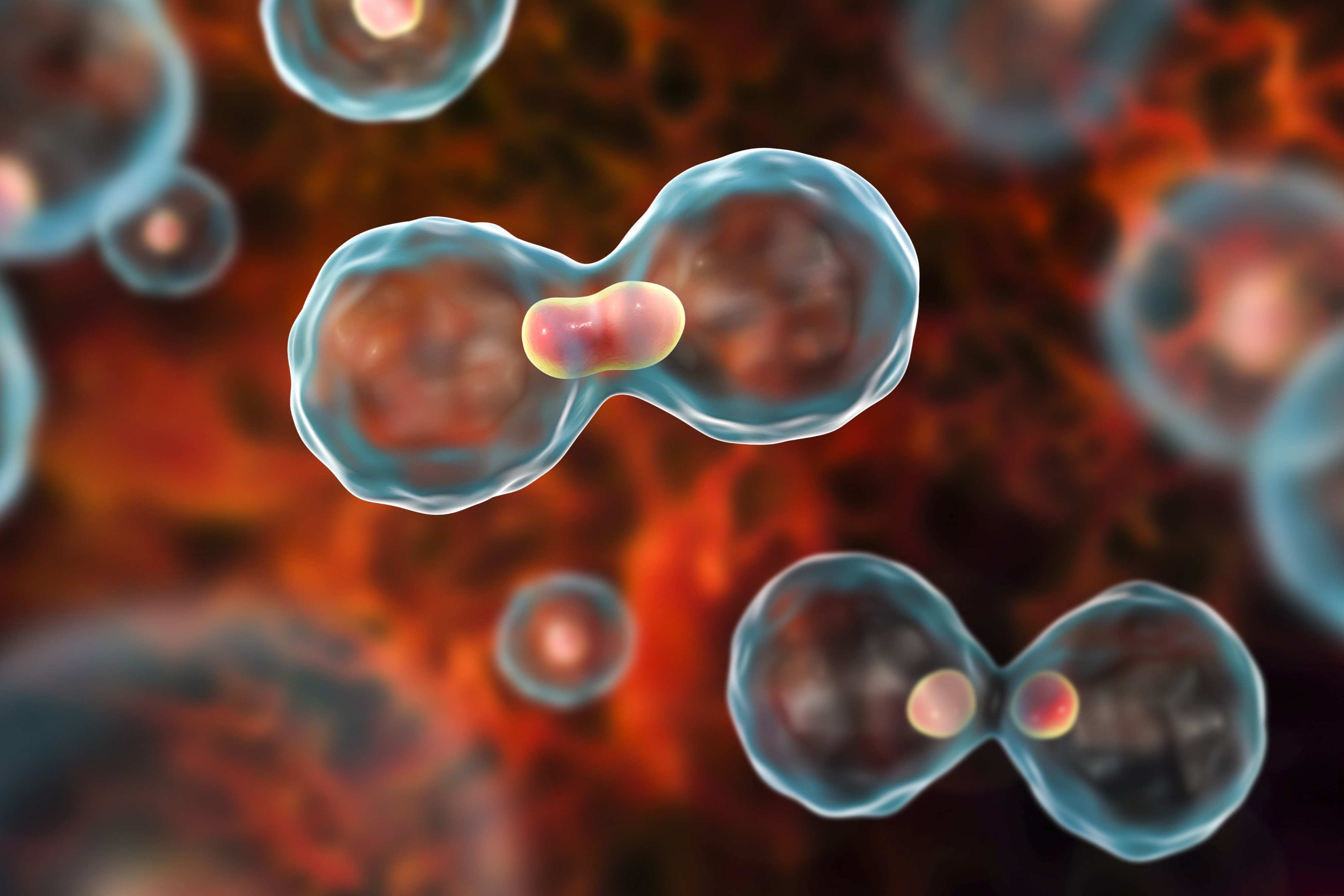
What are electron carriers? Electron carriers are molecules that transport electrons during cellular respiration and photosynthesis. These tiny powerhouses play a crucial role in energy production within cells. Why are they important? They help convert energy from nutrients into a form that cells can use, like ATP. Without them, cells couldn't perform essential functions. Where are they found? You'll find electron carriers in the mitochondria of eukaryotic cells and the cell membrane of prokaryotic cells. Examples include NADH, FADH2, and cytochromes. How do they work? They shuttle electrons through a series of reactions, releasing energy at each step. This energy is then used to produce ATP, the cell's main energy currency.
What Are Electron Carriers?
Electron carriers are molecules that transport electrons during cellular respiration and photosynthesis. They play a crucial role in energy production within cells.
-
NAD+ (Nicotinamide Adenine Dinucleotide) is a common electron carrier in cellular respiration. It accepts electrons and becomes NADH.
-
FAD (Flavin Adenine Dinucleotide) is another electron carrier. When it accepts electrons, it turns into FADH2.
-
Cytochromes are proteins that contain heme groups and play a key role in the electron transport chain.
-
Ubiquinone (Coenzyme Q) is a lipid-soluble electron carrier found in the inner mitochondrial membrane.
-
Plastoquinone functions in the electron transport chain of photosynthesis, similar to ubiquinone in cellular respiration.
How Electron Carriers Work
Electron carriers shuttle electrons from one molecule to another, facilitating the transfer of energy.
-
Redox Reactions involve the transfer of electrons between molecules, with electron carriers playing a central role.
-
Oxidation is the loss of electrons, while reduction is the gain of electrons. Electron carriers undergo these processes repeatedly.
-
ATP Production relies on the movement of electrons through carriers, ultimately generating energy for the cell.
-
Proton Gradient is created by electron carriers in the mitochondria, driving ATP synthesis.
-
Chemiosmosis is the process where the proton gradient generated by electron carriers is used to produce ATP.
Types of Electron Carriers
Different types of electron carriers are specialized for various cellular processes.
-
Iron-Sulfur Clusters are found in many electron carriers and play a role in electron transfer.
-
Copper Centers are present in some electron carriers, particularly in the electron transport chain of mitochondria.
-
Quinones are a class of electron carriers that include ubiquinone and plastoquinone.
-
Flavoproteins are proteins that contain a nucleotide derivative of riboflavin and act as electron carriers.
-
Cytochrome c is a small heme protein involved in the electron transport chain.
Importance in Cellular Respiration
Electron carriers are vital for the process of cellular respiration, which produces energy for cells.
-
Glycolysis produces NADH, an electron carrier that enters the electron transport chain.
-
Krebs Cycle generates both NADH and FADH2, which are crucial for ATP production.
-
Electron Transport Chain is where electron carriers transfer electrons, creating a proton gradient.
-
Oxidative Phosphorylation is the final stage of cellular respiration, heavily dependent on electron carriers.
-
Mitochondria are the powerhouse of the cell, where most electron carriers operate.
Role in Photosynthesis
In photosynthesis, electron carriers help convert light energy into chemical energy.
-
Photosystem II uses electron carriers to split water molecules, releasing oxygen.
-
Photosystem I transfers electrons to NADP+, forming NADPH, an essential molecule for the Calvin cycle.
-
Thylakoid Membrane houses the electron transport chain in chloroplasts, where electron carriers operate.
Final Thoughts on Electron Carriers
Electron carriers play a crucial role in cellular respiration and photosynthesis. They shuttle electrons, enabling the production of ATP, the energy currency of cells. Without these carriers, life as we know it wouldn't exist. They’re found in both prokaryotic and eukaryotic cells, highlighting their universal importance. From NADH and FADH2 in cellular respiration to NADPH in photosynthesis, these molecules are indispensable. Understanding their function helps us grasp how cells generate energy, which is vital for all biological processes. So next time you think about energy, remember those tiny electron carriers working tirelessly inside every cell. They might be small, but their impact is enormous. Keep exploring the wonders of biology, and you'll keep uncovering fascinating facts like these.
Was this page helpful?
Our commitment to delivering trustworthy and engaging content is at the heart of what we do. Each fact on our site is contributed by real users like you, bringing a wealth of diverse insights and information. To ensure the highest standards of accuracy and reliability, our dedicated editors meticulously review each submission. This process guarantees that the facts we share are not only fascinating but also credible. Trust in our commitment to quality and authenticity as you explore and learn with us.


